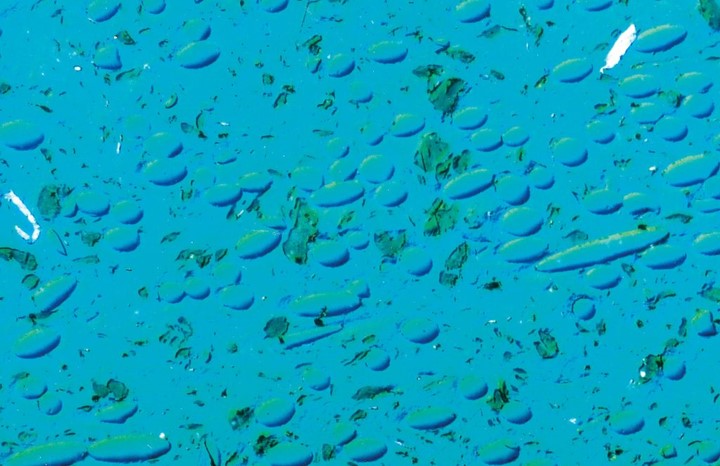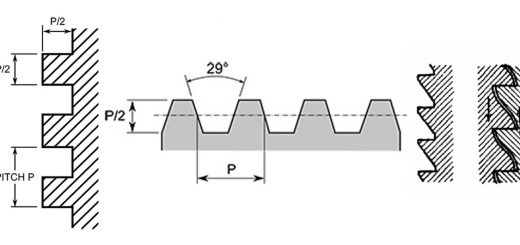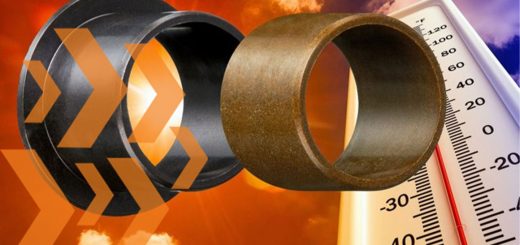Self-Lubricating Plain Bearings: How They Work
By Lars Butenschon
You may have seen or heard people use the term “self-lubricating,” “lubricant-free” or “dry-running” to describe plain bearings. But what does it mean? These are bearings that do not require external lubrication. In other words, no one needs to stop a device to relubricate its bearings with a grease gun, and there’s no need for an oil change or fully automatic relubrication systems for larger equipment. What is behind this and how do plain bearings work without lubrication? We’ll cover that and more in this blog post. Let’s get started.
What does “self-lubricating” actually mean?
Lubrication is initially associated with grease or oil, but its presence does not necessarily mean dirty fingers when handling slide bearings. Lubrication actually only means reducing friction and wear between (machine) elements or friction partners that move relative to one another. This can be a classic grease or a solid lubricant.
Solid lubricants consist of fine particles or microscopic platelets that reduce the friction between friction partners. For example, graphite, molybdenum sulfite, ceramic particles or PTFE (Teflon) are common. These are often also part of “liquid” lubricants. But you can also process these in solid form in plain bearings.
Solid lubricants: incorporated or in layers?
There are two different types of solid lubricant bearings in the plain bearing sector. Plain bearings with a sliding layer that glide particularly well, so-called composite plain bearings, have become established here. These consist of a carrier layer made of metal or fabric fibers and an inner sliding layer. While the carrier layer absorbs the majority of the mechanical forces, the inner and significantly softer sliding layer made of PTFE or other plastics ensures low friction.

Alternatives are plain bearings made entirely of a material with these lubricating particles embedded. These plain bearings often consist of plastic compounds. One advantage is the properties of the different plastic polymers can be combined with those of solid lubricants. At the same time, the friction is not only low on the component surface, but across the entire wall thickness.
The sliding layers of composite bearings, which are often applied very thinly, also have the disadvantage that they are quite sensitive to mechanical stress. This effect can be observed, for example, in non-stick coated pans, which scratch quickly when using metal kitchen utensils.
Plain bearings without lubrication
Not every lubrication means dirty fingers or oil in the groundwater. Solid lubricants can be integrated into plain bearings in such a way that they hardly get into the environment to a significant extent. The solid lubrication of metal and fabric bushings consists of a thin layer of PTFE or other good sliding plastics. The disadvantage is that the layer is sensitive to mechanical loads. In plastic plain bearings, the solid lubricants can be integrated or mixed directly into the material. This creates a homogeneous structure. The entire wall thickness acts as a wear or sliding material.
Visit our webpage to learn about our 17 standard self-lubricating bearing materials. You can also contact an igus® expert with any questions.



